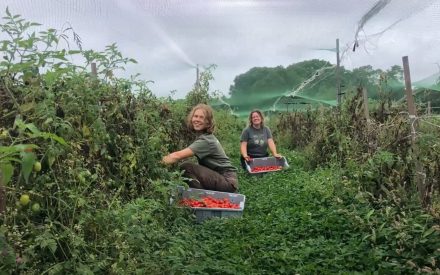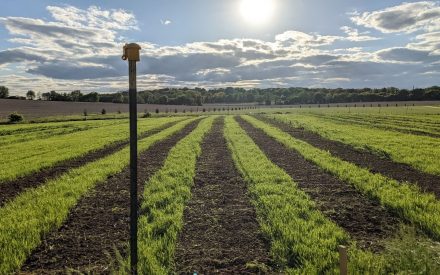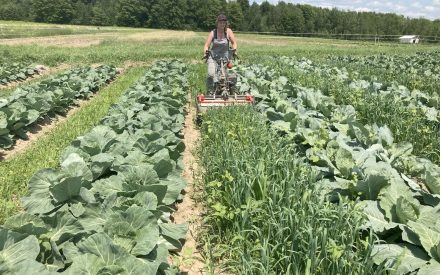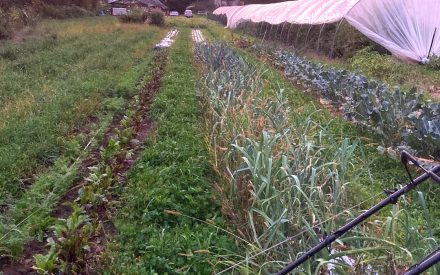Benefits and Selection of Cover Crops
Learn about the importance of cover crops in building soil health and the criteria for finding the right cover crops for your needs. Cover crops improve soil health, nutrient availability, reduce weed pressure and prevent soil erosion. A variety of cover crops are available, and they can be used alone or mixed to accomplish your specific goals.
Timing By Season
The time of planting helps to determine your cover crop options. Learn about cover crops for spring, summer, and fall plantings and the factors important to germination. The time of the year that you plant cover crops helps to determine which crops will grow best.
Seeding Methods
An overview of small-scale, low-tech options for seeding cover crops. Simple, low-cost tools can be used to establish cover crops in the field, creating accessible options for all growers.
Broadcast Seeding
Learn about the different broadcasting methods used in establishing cover crop seed. Use your hands, a hand crank seeder, or a lawn seeder to disperse your cover crop seed. Also, learn about ways to increase seed-soil contact after spreading to improve germination.
Direct Seeding
Direct seeders used to plant vegetable crops can also be used to direct seed cover crops. Choose your direct seeding method by considering your existing equipment and the size of the area being seeded.
Seed Inoculation
Inoculants provide plants a head start by introducing nitrogen-fixing bacteria to seeds before planting.

 Living Aisles Case Study #1: Sawyer Farm, Worthington, MA & Momentum Ag
Living Aisles Case Study #1: Sawyer Farm, Worthington, MA & Momentum Ag Living Aisles Case Study #2: Gorman Farm, Fitchburg, WI
Living Aisles Case Study #2: Gorman Farm, Fitchburg, WI Living Aisles Case Study #3: Red Door Family Farm, Athens, WI
Living Aisles Case Study #3: Red Door Family Farm, Athens, WI Living Aisles Case Study #4: Circadian Organics, Ferryville, WI
Living Aisles Case Study #4: Circadian Organics, Ferryville, WI


